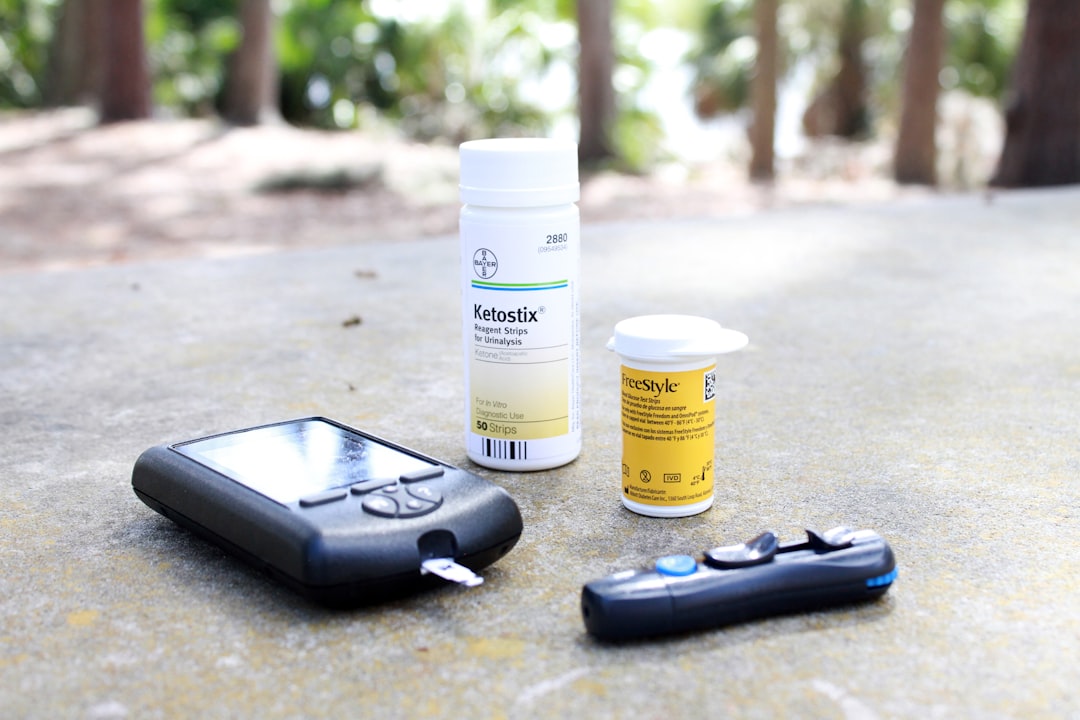
Mastering the Art of Testing Bargains A Graphical Approach
In today’s fast-paced digital landscape, mastering the art of testing is crucial for any organization looking to streamline their processes and enhance product quality. One of the most effective methods to achieve this is through a graphical approach to testing bargains. This approach not only simplifies the testing process but also provides a clear visualization of the data, making it easier for teams to identify issues, understand trends, and make informed decisions.
Understanding the Graphical Approach to Testing
Testing bargains involves evaluating the effectiveness and efficiency of processes in achieving desired outcomes. A graphical approach allows testers to visualize data in a way that highlights relationships and trends that may not be immediately apparent in text-based formats. This can include charts, graphs, and flow diagrams that illustrate the testing process and results clearly.
Key Benefits of a Graphical Approach
-
Clarity and Simplicity: Graphical representations make complex data easier to understand, enabling stakeholders to grasp key insights quickly.
-
Enhanced Collaboration: Visual tools foster better communication among team members, making it easier to discuss findings and collaborate on solutions.
-
Real-Time Insights: Graphs and charts can be updated in real-time, providing immediate feedback on testing outcomes and allowing for prompt adjustments.
Current Developments in Testing Bargains
The landscape of software testing is constantly evolving, with emerging trends that emphasize the importance of a graphical approach. For instance, the integration of advanced analytics and machine learning into testing processes allows teams to predict outcomes based on historical data. This predictive capability can significantly enhance the efficiency of testing bargains.
Case Study: Using Graphical Tools in Testing
A notable example of the graphical approach in action is the use of tools like Grafana and Kibana for visualizing testing metrics. These tools allow teams to create dashboards that display real-time data from testing environments. By employing these graphical tools, organizations can monitor system performance, track bug fixes, and visualize user interactions, leading to improved decision-making and faster resolution times.
Practical Applications of a Graphical Approach
Implementing a graphical approach to testing bargains can be done through various practical applications:
-
Flowcharts: Creating flowcharts to map out the testing process helps identify potential bottlenecks and redundancies.
-
Heat Maps: Utilizing heat maps to visualize error occurrences in software applications can highlight problem areas that need immediate attention.
-
Graphs: Line and bar graphs can effectively showcase trends over time, such as the rate of bug detection or the impact of changes made in the codebase.
Expert Insights
Experts in the field suggest that adopting a graphical approach to testing can significantly enhance the ability to communicate findings across teams. As noted by Jane Doe, a software testing expert, “The clarity provided by graphical data presentations eliminates confusion and enables teams to focus on what truly matters.”
Tools and Resources for Further Exploration
To deepen your understanding of mastering the art of testing bargains through a graphical approach, consider exploring the following tools and resources:
- Grafana Documentation
- Kibana Documentation
- Testing Automation Frameworks
- Visualizing Data with Tableau
Glossary of Terms
- Heat Map: A data visualization technique that shows the magnitude of a phenomenon as color in two dimensions.
- Flowchart: A diagram that represents a process, showing the steps as boxes and their order by connecting arrows.
- Predictive Analytics: The use of statistical algorithms and machine learning techniques to identify the likelihood of future outcomes based on historical data.
By mastering the art of testing bargains through graphical approaches, organizations can improve their testing efficiency and effectiveness, leading to better quality products and satisfied customers. Embracing these methods not only enhances team collaboration but also positions your organization at the forefront of testing innovation.
For those interested in diving deeper into this topic, staying updated with the latest tools and methodologies will be crucial. Consider subscribing to relevant newsletters and following industry leaders on social media to keep your skills sharp and your knowledge current. Sharing this article with your peers can also help promote a culture of collaboration and learning in your organization. Happy testing!


